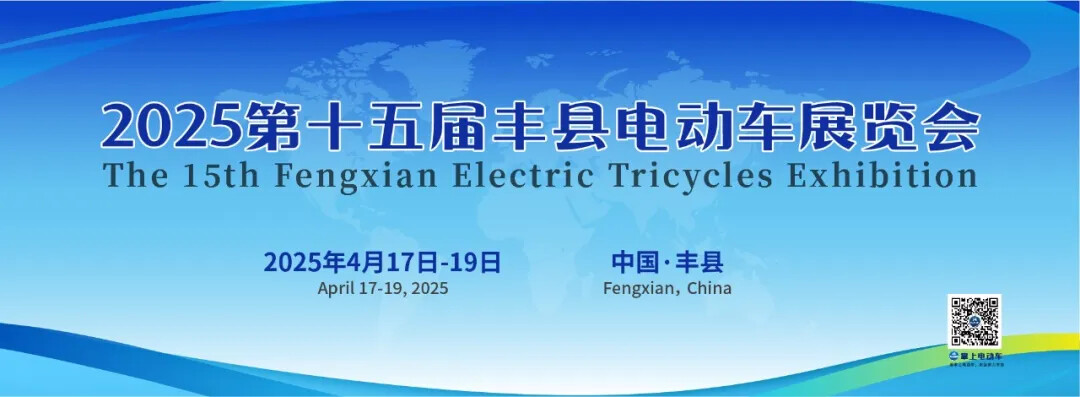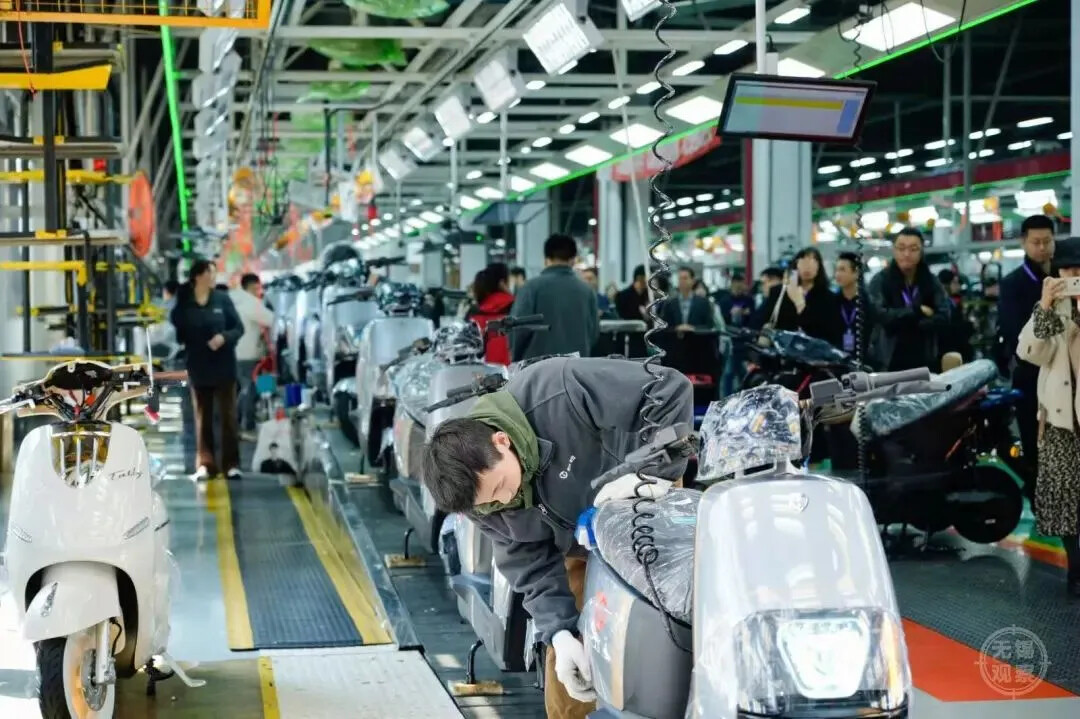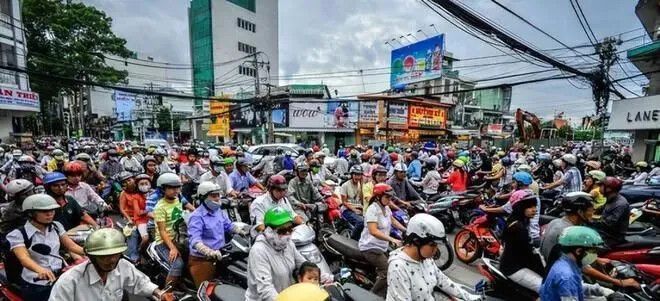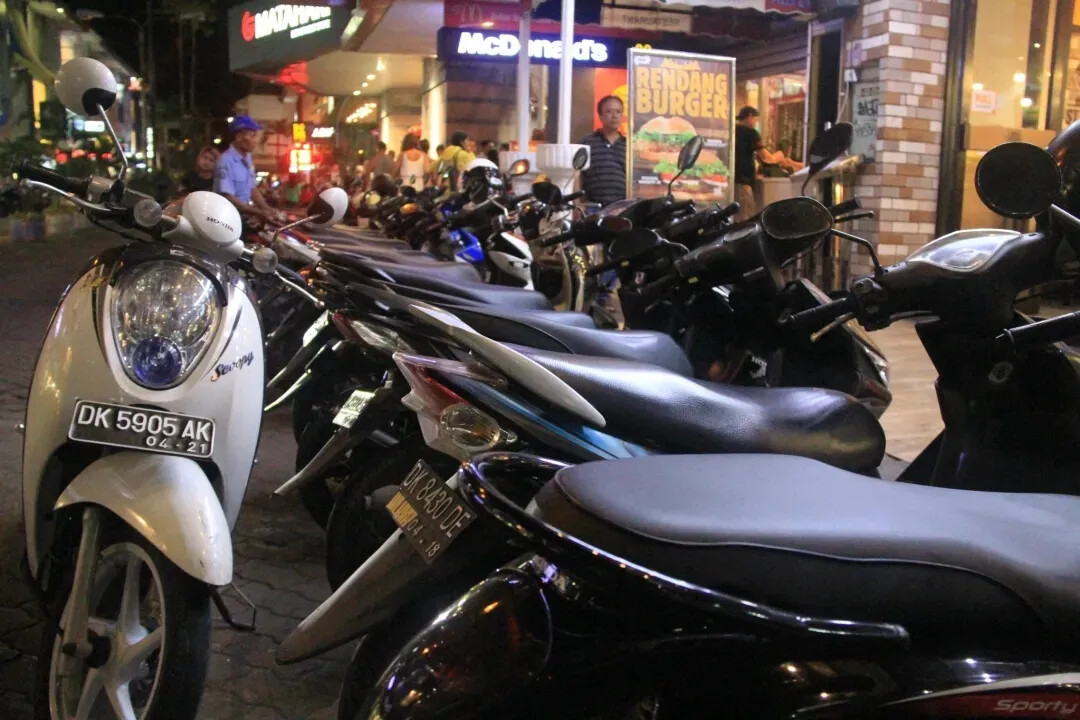
During this year's National People's Congress and Chinese People's Political Consultative Conference (Two Sessions), the comprehensive regulation of "involution-style" competition was, for the first time, included in the government work report. This immediately sparked widespread discussion across various idustries and throughout society on how to effectively "break free from involution." Looking back, the failure of Chinese motorcycles to maintain their foothold in the Southeast Asian market serves as a powerful example: competing solely on low prices to gain market share, a typical form of involution, offers no sustainable future.

In recent years, the situation has taken a positive turn. Southeast Asian countries have been actively promoting policies aimed at transitioning from fuel-powered vehicles to electric ones, creating new opportunities for China's electric two-wheeler industry. Today, Chinese electric two-wheeler companies are leveraging technological innovation and a well-established supply chain system to build new competitive advantages in overseas markets, striving to reshape the image of Chinese two-wheeler products in Southeast Asia.

Lessons from the Past: The Rise and Fall of Chinese Motorcycles in Southeast Asia
In the 1990s, Chinese motorcycles once enjoyed a period of great success in Southeast Asia. At that time, Chinese brands aggressively entered markets such as Vietnam with prices that were half, or even less than half, of those of Japanese brands. In 1998, Jialing Motorcycles entered the Vietnamese market with models priced around USD 800, quickly attracting a large number of consumers. By 1999, Chinese motorcycles had captured more than 80% of the Vietnamese market share.
However, the excessive price wars led to numerous negative consequences. Some smaller manufacturers resorted to using inferior parts to cut costs, resulting in declining product quality and unreliable after-sales service. "Cheap to buy, expensive to maintain" became the common label for Chinese motorcycles. Japanese brands seized this opportunity to launch cost-effective, high-quality products, gradually regaining market dominance. By 2016, Japanese brands had reclaimed 95% of the Vietnamese motorcycle market share, while Chinese brands accounted for less than 1%. This history serves as a profound warning for Chinese enterprises: pure price competition is not a sustainable strategy.

Policy Tailwinds: Southeast Asia's "Transition from Fuel to Electric" Brings New Opportunities
In recent years, Southeast Asian countries have been vigorously promoting policies to transition from fuel-powered to electric vehicles, creating new opportunities for China's electric two-wheeler industry. Countries such as Indonesia, Thailand, and Vietnam have introduced a range of measures, including purchase subsidies, tax reductions, and investment incentives. Indonesia, aiming to become a global hub for electric vehicle manufacturing, has launched a subsidy program for the purchase of electric motorcycles. The Philippines has implemented zero-tariff policies on imports of electric motorcycles and their components. Vietnam has also set a target for electric two-wheelers to account for a significant share of total sales by 2030.

Corporate Initiatives: Localized Operations Open Up New Markets
Chinese electric two-wheeler companies are actively seizing new opportunities, with many choosing to establish local manufacturing facilities to implement localized operations. Yadea, for example, has built a smart production and research base in Indonesia, covering an area of 27 hectares. Localization serves multiple purposes: on one hand, it meets local economic development requirements, such as achieving over 45% local content in parts and boosting employment and tax revenues; on the other hand, it helps companies build stronger supply chains and sales networks, allowing them to better respond to user needs. Jiangsu NWOW Technology Co., Ltd., for instance, holds more than 50% of the electric vehicle market share in the Philippines, with its products reaching over 20 countries. By improving product quality and enhancing after-sales services, Chinese electric two-wheeler companies are gradually changing local consumers' perception of Chinese products as being "low quality."

Real-World Challenges: Obstacles Facing Electric Two-Wheelers
Despite the promising opportunities, Chinese electric two-wheeler companies still face significant challenges in the Southeast Asian market. One major issue is low brand recognition; although the products are competitively priced, some consumers continue to harbor distrust toward Chinese brands. In addition, severe product homogenization has made it difficult for companies to further expand their market share, as many models are positioned similarly. Risks such as price wars, insufficient localization, and the widespread presence of second-hand, refurbished, and low-quality products in the market further complicate the situation.

Path to Breakthrough: Balancing Innovation and Service for Sustainable Growth
To overcome these challenges, Chinese companies must adopt a multi-pronged approach. In terms of technological innovation, they need to increase investment in R&D to enhance product performance and intelligence, catering to Southeast Asian consumers' demands for vehicle durability in special environments. For instance, vehicle designs should be optimized for rainy seasons, high temperatures, and rural road conditions. On the branding front, companies should create distinctive brand identities, drawing inspiration from Japanese brands in developing personalized products with unique "character." Meanwhile, strengthening after-sales service systems is equally critical by establishing comprehensive local maintenance networks, improving repair efficiency, and extending battery warranty periods, companies can boost consumer confidence.
The future of Chinese electric two-wheelers in Southeast Asia is full of promise. However, achieving long-term, stable development requires learning from the past lessons of the motorcycle industry: continuous innovation, strong brand and service optimization, and a real commitment to taking root in local markets. Only then can Chinese manufacturers shift from “Made in China” to “Quality Made in China.”

